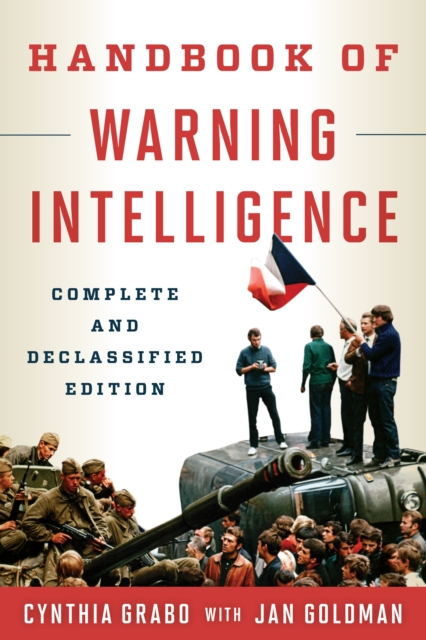Handbook of Warning Intelligence

Handbook of Warning Intelligence
The Handbook was written during the cold war and was classified for 40 years. Originally written as a manual for training intelligence analysts, it explains the fundamentals of intelligence analysis and forecasting, discusses military analysis, as well as the difficulties in understanding political, civil, and economic analysis and assessing what it means for analysts to have "warning judgment." This new edition includes the final ten chapters recently released by the government. This is the
PRP: 446.40 Lei
Acesta este Pretul Recomandat de Producator. Pretul de vanzare al produsului este afisat mai jos.
401.76Lei
401.76Lei
446.40 LeiIndisponibil
Descrierea produsului
The Handbook was written during the cold war and was classified for 40 years. Originally written as a manual for training intelligence analysts, it explains the fundamentals of intelligence analysis and forecasting, discusses military analysis, as well as the difficulties in understanding political, civil, and economic analysis and assessing what it means for analysts to have "warning judgment." This new edition includes the final ten chapters recently released by the government. This is the
Detaliile produsului











